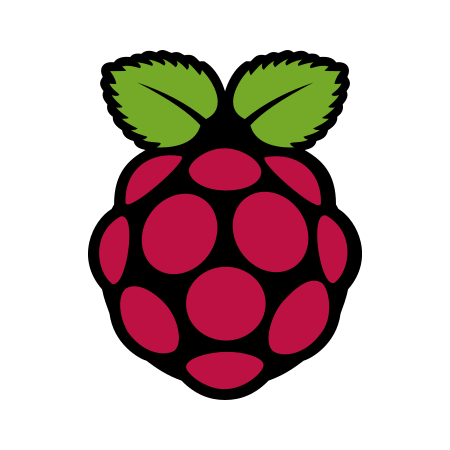

My experience is it’s really a lot of work and with the prevalence of letsencrypt, there is not a lot of automated setups for this use case (at least that I have been able to find). It is kind of a pain in the ass to run your own CA, especially if you plan to not use wildcard and to rotate certs often. If you use tailscale, they offer https certs with a subdomain given to you:
[server-name].[tailnet-name].ts.net
That’s honestly what I’m moving towards.

No judgement here. I think it’s a worthy goal just not one I am particularly interested in at this point. Maybe if the automation was a bit easier and the mobile device management was easier I might join you.